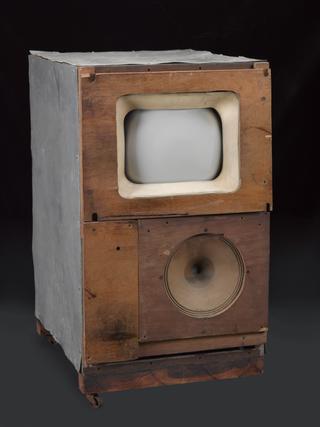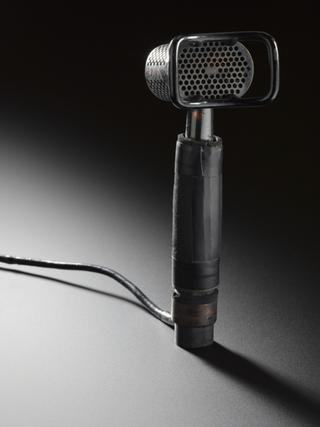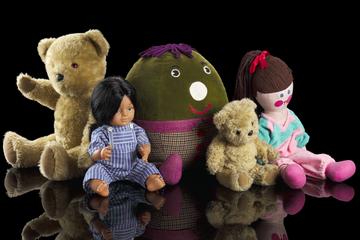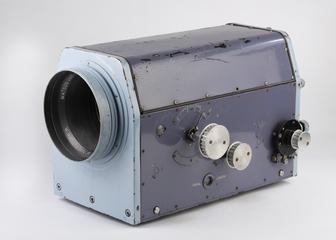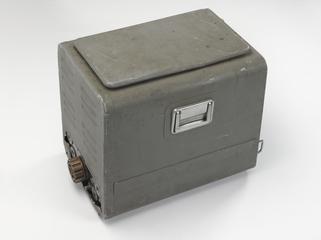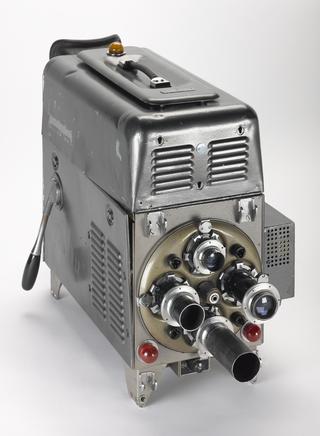
Baird Phonovision disc, 1927-1928
- Made:
- 1927-1928 in United Kingdom
- inventor:
- John Logie Baird




Baird 'Phonovision disc', 1927-1928. Early experimental system for recording television signals on to phonograph records.
One of only six Phonovision discs known to exist, representing the first time television pictures were recorded. Phonovision discs contain the original experimental television recordings of John Logie Baird (1888-1946), recorded from 1927-1928, less than two years after his first demonstration of television. With only 30 lines per picture (per television frame), the highest frequency present was low enough to be audible - the video signal could therefore be recorded as an audio signal onto disc.
Details
- Category:
- Television
- Object Number:
- 2006-5004/1
- Materials:
- shellac and paper (fibre product)
- Measurements:
-
overall: 277 mm,
central hole: 9 mm,
- type:
- phonovision disc
- credit:
- The National Media Museum, Bradford
